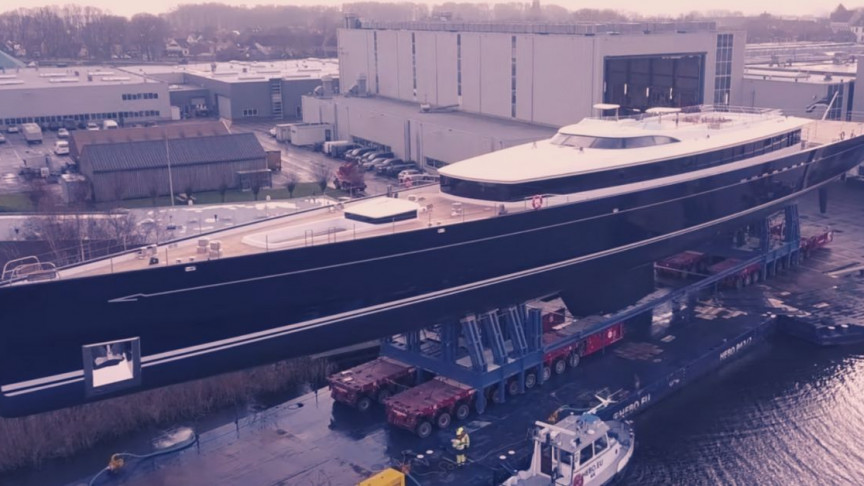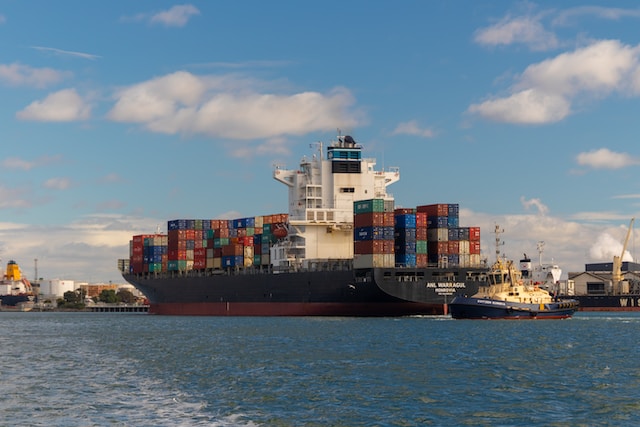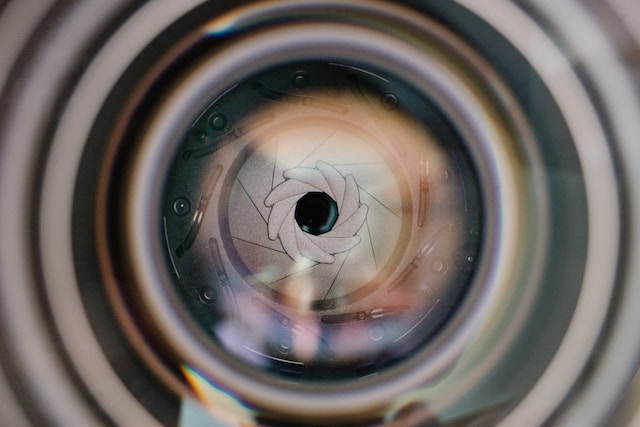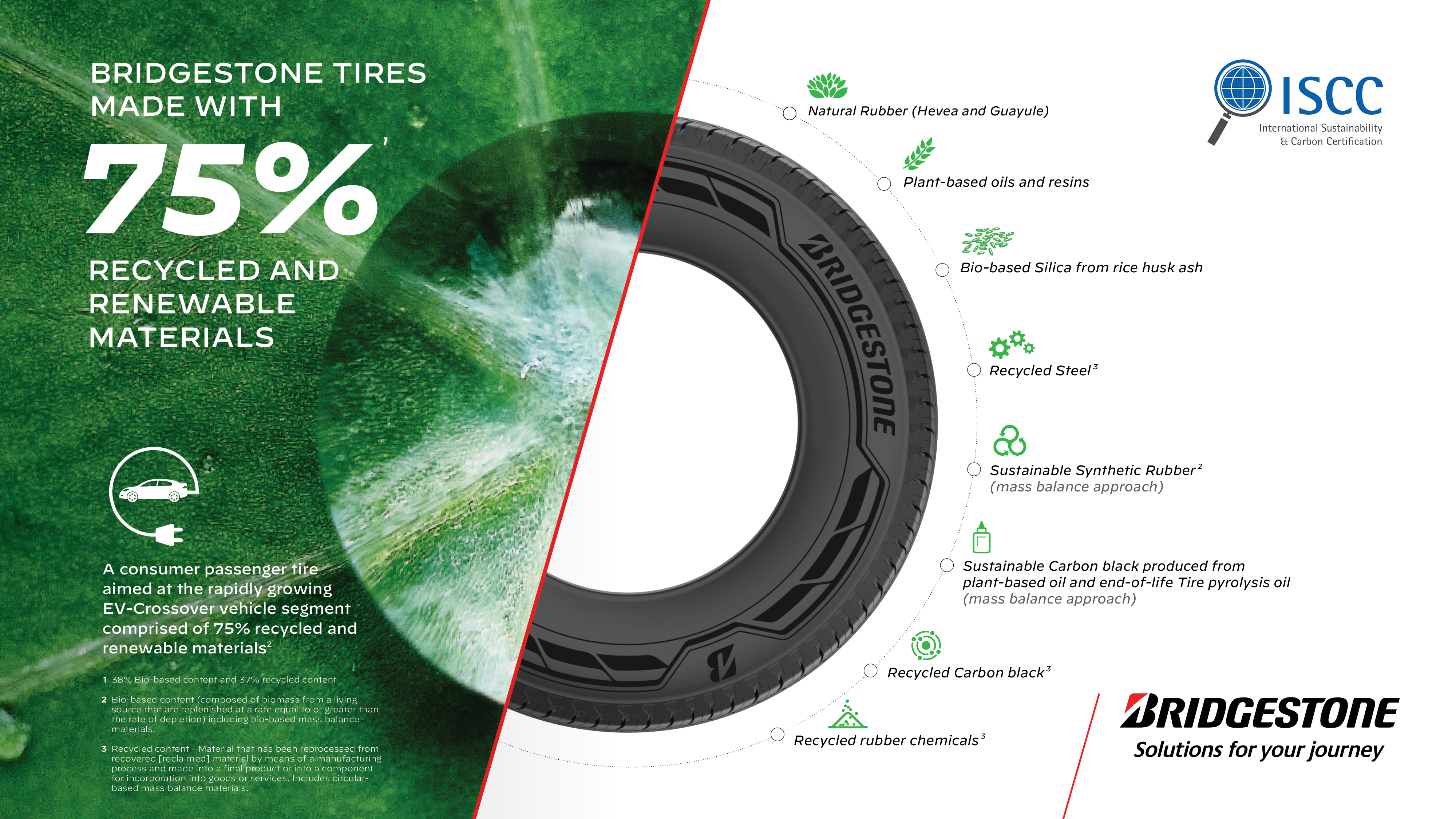The Dutch shipbuilder Royal Huisman designed the World’s largest aluminum sailing yacht Sea Eagle II. In designing this superyacht, he used the engineering process developed by the European Space Agency (ESA) for space missions.
The uniquely modern 81-meter (266-foot) long luxury yacht was launched on January 7, 2020 at Royal Huisman’s shipyard in Vollenhove. From here it was moved via barge to the company’s Amsterdam shipyard, to be fitted with its carbon composite mast. After this the ship will be ready for sea trials, and crew training.
For designing and developing Sea Eagle II, space agency’s techniques created at its Concurrent Design Facility (CDF) were used.
“Satellites and superyachts are both complex machines, and concurrent engineering is advantageous in designing any complex system,” says Massimo Bandecchi, founder of the CDF. “The basic idea is simple: bring together all necessary experts and design tools into a single room to work together as a team on a shared software model that updates immediately as changes are made, to assess design feasibility and trade-offs in a much more effective and reliable way.”
“While our main focus is fulfilling the needs of ESA engineering, there has also been strong interest in our work from industry. Concurrent engineering’s improved performance in terms of time, cost and efficiency speaks for itself. The result is that more than 50 centers have been built following ESA’s original CDF model and are now in operation across Europe, the majority in the space sector, plus around 10 non-space centers.”






